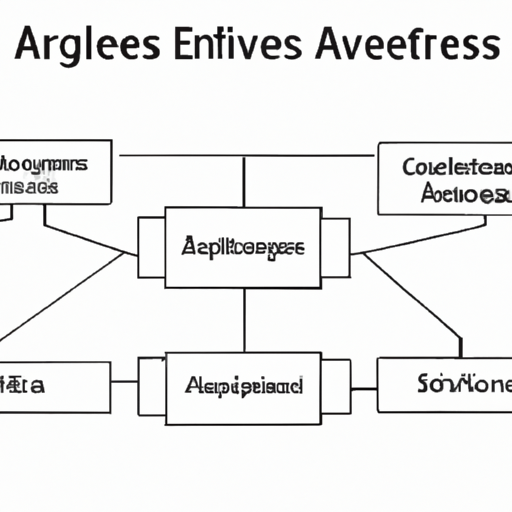As technology continues to advance, Serverless Computing is emerging as a revolutionary approach that redefines how developers build and manage applications. In 2023, the trend of Serverless Computing has accelerated, providing unmatched advantages in scalability, cost-effectiveness, and ease of use for developers.
What is Serverless Computing?
Serverless Computing allows developers to run code without the complexity of managing servers. Instead of provisioning and managing the infrastructure, users can focus on writing code using platforms such as AWS Lambda, Google Cloud Functions, and Azure Functions. This cloud technology enables applications to automatically scale and manage workloads effectively.
Key Benefits of Serverless Architecture
- Cost Efficiency: With serverless, you pay only for the compute resources you actually use, minimizing costs significantly.
- Scalability: Serverless platforms automatically scale your application up or down based on demand, ensuring high availability.
- Faster Time to Market: Developers can concentrate on coding and deploying applications without worrying about server management, leading to faster development cycles.
- Improved Performance: Serverless apps can benefit from reduced latency and optimized resource allocation.
Serverless Computing in 2023: Trends and Challenges
In 2023, the adoption of serverless architecture is growing among enterprises due to its myriad benefits. Companies are leveraging serverless solutions to expedite their software development processes while maintaining high performance and reliability. However, challenges such as vendor lock-in, debugging difficulties, and security concerns must be addressed to ensure seamless integration.
Conclusion
As the tech landscape evolves, the shift towards Serverless Computing is undeniable. With its potential to streamline operations, reduce costs, and boost agility, it represents a significant step forward for DevOps and software development practices. Embracing this technology will be key for organizations looking to stay competitive in the fast-paced digital world.
Stay tuned as we continue to explore innovations in cloud technology and their implications for the future of development!





